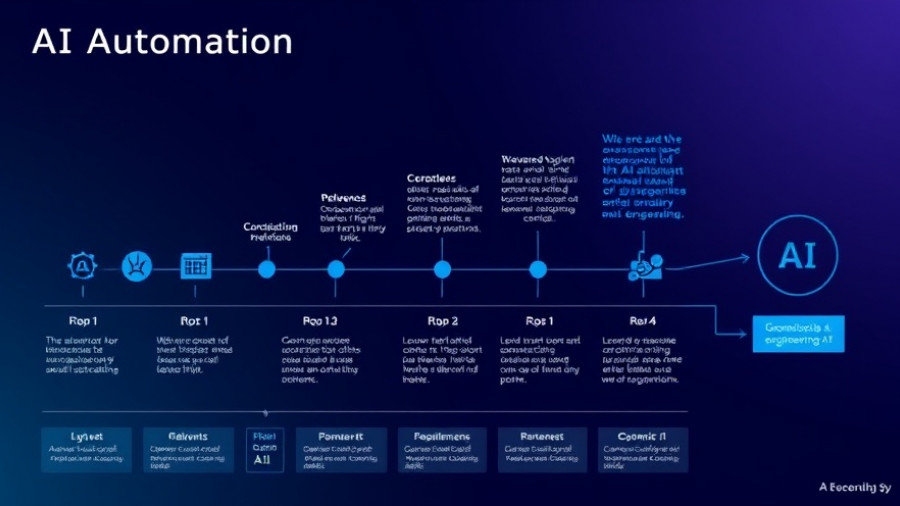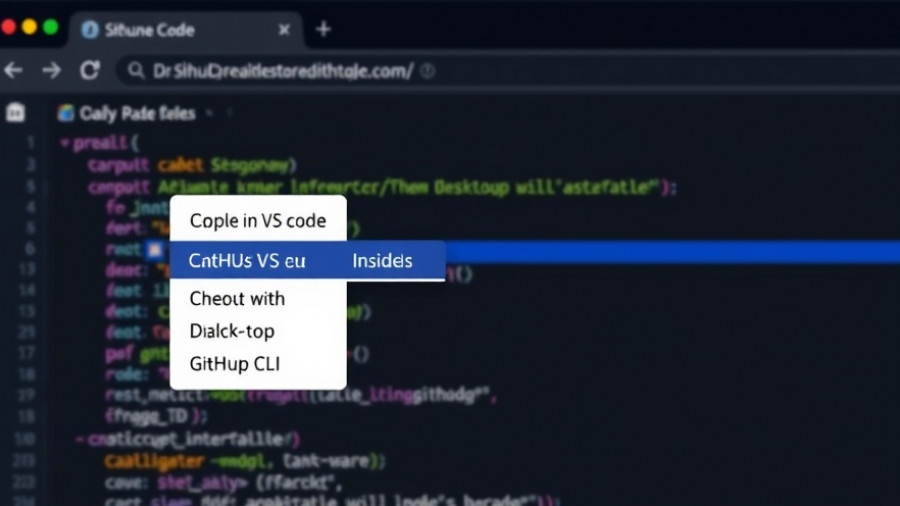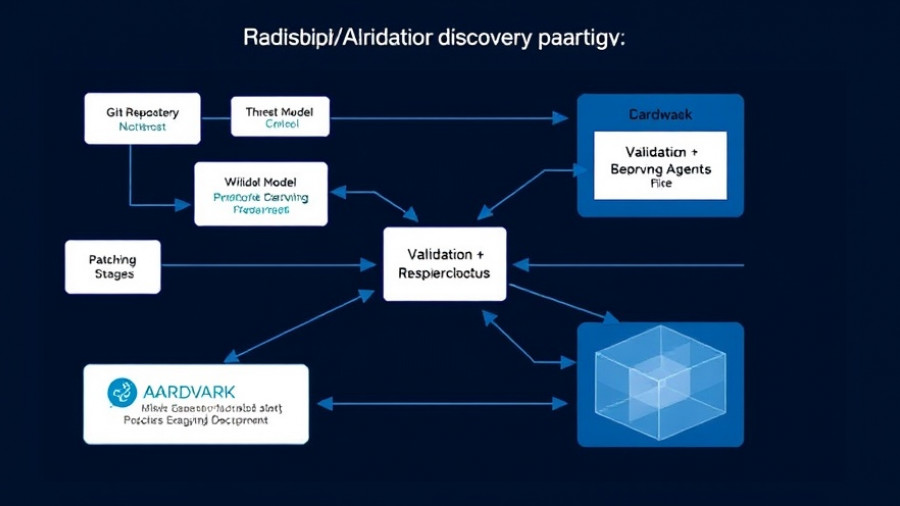
Understanding Context Engineering for AI Agents
In the evolving realm of artificial intelligence, context has emerged as a cornerstone for the successful operation of AI agents. As organizations strive to implement AI technologies effectively, a significant shift is taking place from traditional prompt engineering to a more nuanced approach known as context engineering. This shift highlights how critical context is when training and utilizing large language models (LLMs) to produce meaningful outputs and perform reliably in real-world applications.
The Rise of Context Engineering in AI
Recent discussions among enterprise technology vendors have spotlighted the importance of context in AI, showcasing how context engineering enhances the capabilities of AI systems. For instance, Elastic, a leading data organization, emphasizes that LLMs require not just data, but relevant context to function optimally. As Ashutosh Kulkarni, CEO of Elastic, aptly points out, “Data matters, but context and relevance may matter more.” This sentiment is echoed by other industry leaders, including Salesforce's Marc Benioff, who argue that successful AI platforms must integrate customer data seamlessly to provide contextual insights that drive engagement and improvement.
Defining Context Engineering
Unlike the older methodology of prompt engineering, context engineering involves curating the whole environment in which AI agents operate. It isn’t limited to crafting effective prompts; it focuses on structuring the information, tools, and workflows that will help maintain comprehensive and applicable context for AI systems. Context engineering ensures that AI can access real-time, accurate information so that it can perform actions competently without the risk of errors or misinterpretations.
The Importance of Curating Context
The effective application of context engineering means recognizing that AI cannot operate effectively without the right context. Gaps in context can lead to significant outcomes, causing AI agents to hallucinate information or make misguided decisions. As such, thoughtful curation of data, tools, and state is vital to minimizing errors and maximizing the reliability of AI outputs.
Strategies for Effective Context Engineering
At its core, effective context engineering involves optimizing a finite set of tokens available to an LLM. Anthropic's explorations into context engineering emphasize strategies that focus not only on optimizing prompts but also on refining the overall context state, ensuring that the LLM has access to relevant, rich background information. Techniques include structured organization of data, integration of external tools, and iterative improvements to keep the context tight yet informative.
Compaction and Structured Note-Taking
Two practical methods within context engineering are compaction and structured note-taking. Compaction involves summarizing lengthy conversations to adhere to context window limitations while retaining the most critical details. Structured note-taking allows AI agents to persist information outside of the immediate context, ensuring that important context is captured for future interactions. These capabilities transform how agents handle tasks by allowing them to maintain coherence over extended durations of complex operations.
How to Enhance AI Performance with Context
The growing theme of context engineering among organizations like Elastic and Salesforce underscores a collective acknowledgment of its role in refining AI interactions. When AI agents operate under the guidance of well-defined context, they perform their functions with greater accuracy, delivering highly relevant insights and responses.
The Future of Context-Driven AI
As AI technologies continue to grow and adapt, mastering context engineering will be essential for developing robust and intelligent systems. The future does not rely solely on the size of AI models; instead, it rests on the careful orchestration of context to drive efficiency and value. Through effective integration of context, organizations can transform isolated LLMs into purposeful systems that truly understand and respond intelligently to human inquiries.
In conclusion, acknowledging the importance of context in AI systems prepares developers to build the next generation of intelligent applications that not only respond accurately but also learn and evolve over time, paving the way for a future driven by context-aware AI.
 Add Row
Add Row  Add
Add 




Write A Comment